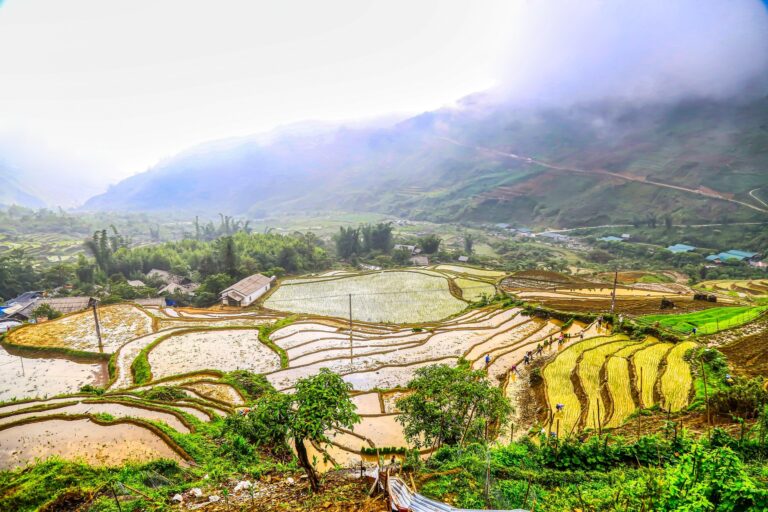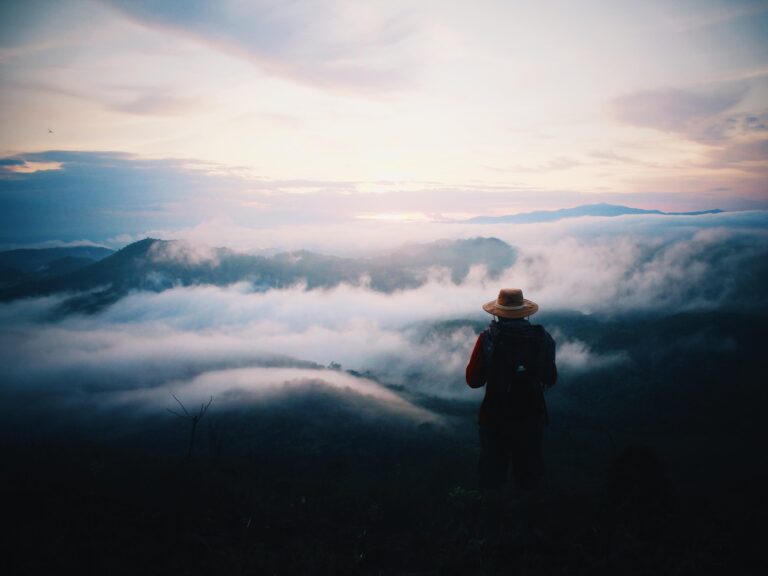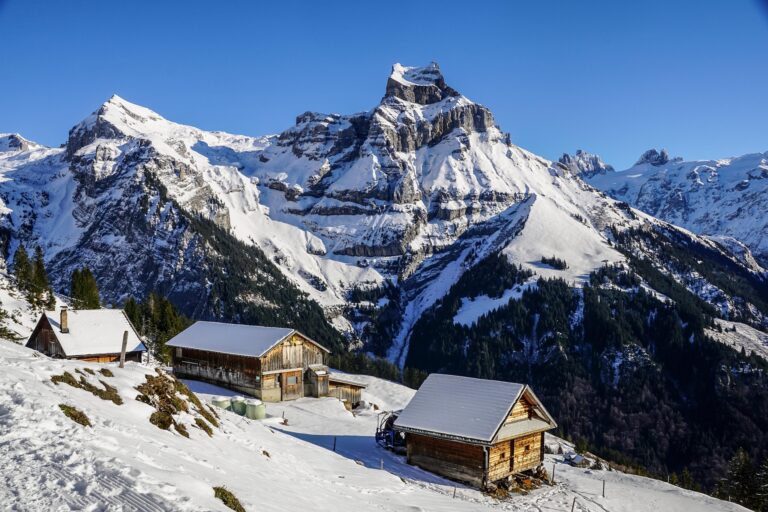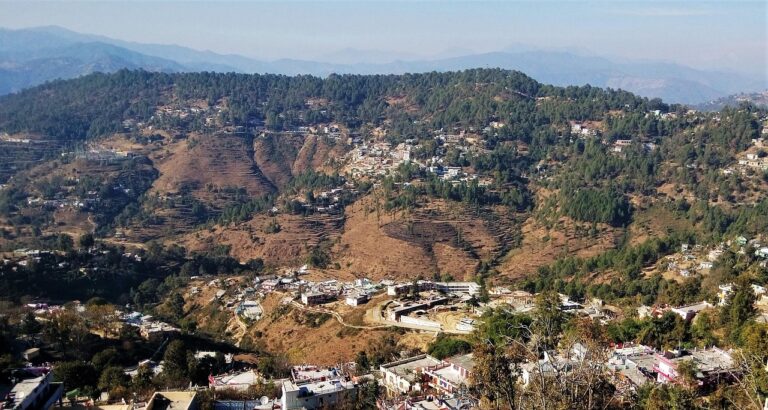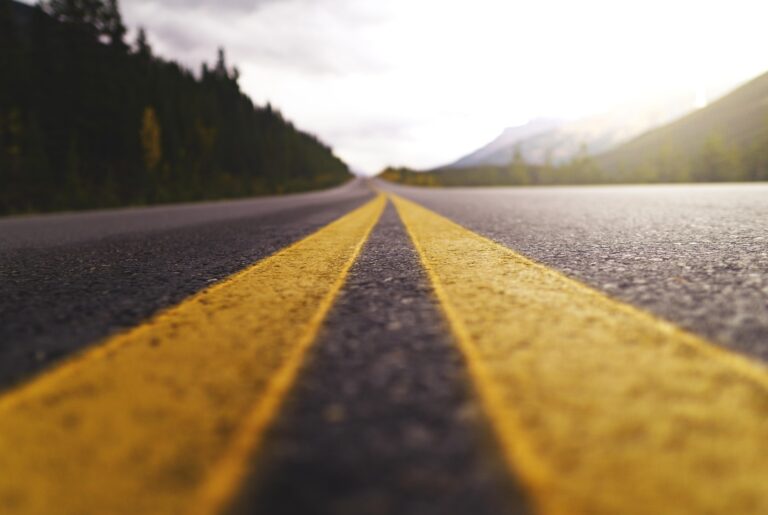The Chardham Yatra, covering Yamunotri, Gangotri, Kedarnath, and Badrinath, is one of the most revered pilgrimages in India. Each year, thousands of devotees embark on this journey seeking spiritual blessings. However, the popularity of the route often leads to overcrowding—especially during peak months—making it challenging to enjoy the serene Himalayan atmosphere.
If your goal is to experience the Chardham in peace, timing your trip wisely is the key. Here’s a complete guide to the best time to visit Chardham and avoid the crowds.
Understanding the Chardham Season
The Chardham temples open every year in April/May (on Akshaya Tritiya or nearby dates) and close in October/November (around Diwali). Within this window, certain periods are more crowded than others, and some offer calmer, more meditative experiences.
The general crowd pattern is:
- Opening Month (May): Very busy due to excitement and auspicious timing.
- Summer Holidays (May–June): Tourist rush is at its peak.
- Monsoon (July–mid-September): Reduced crowd but risky due to landslides and heavy rain.
- Post-Monsoon (mid-September–October): Ideal balance of good weather and fewer pilgrims.
Best Time for Peaceful Travel
If your priority is avoiding the crowds, aim for the shoulder seasons—the weeks just after opening and just before closing, excluding major festivals.
1. Mid-May (After Opening Rush)
The temples usually open in early May, but the first two weeks are extremely busy as devotees want the blessings at the earliest. Waiting until mid to late May means you’ll still get pleasant weather and fewer people than the opening days.
Why it’s good: Snow has just melted, valleys are lush, and queues are shorter than the first week’s rush.
Things to watch: Weather can still be a bit chilly at night, especially in Kedarnath.
2. Late September to Mid-October
This is arguably the best time to visit Chardham with minimal crowds. Monsoon rains have ended, the sky is crystal clear, and the scenery is stunning with freshly washed mountains. Many pilgrims have already completed their yatra, so the atmosphere is quieter.
Why it’s good:
- Comfortable daytime temperatures
- Less waiting at temples
- Ideal for photography with clear mountain views
Things to watch: Nights get colder, so pack warm clothes.
Times to Avoid
If peace is your priority, you’ll want to avoid:
- Peak Summer Holidays (Late May–June) – This is when families, school groups, and large tours flood the region. Expect traffic jams, packed hotels, and hours-long temple queues.
- Major Hindu Festivals – Dates like Akshaya Tritiya, Ganga Dussehra, and Janmashtami attract large gatherings at respective dhams.
- First Week of Temple Opening – High devotion meets high crowd volume. While spiritually powerful, it can be exhausting if you’re not prepared for the rush.
Weather Considerations
While crowd-free travel is wonderful, it’s important to balance timing with safety.
- Early Season (May) – Snowmelt can make some trekking routes slippery, especially towards Yamunotri and Kedarnath.
- Monsoon (July–mid-September) – Risk of landslides and road closures is high; even though crowds are minimal, travel can be unpredictable.
- Late Season (October) – Snowfall risk starts increasing towards the end of the month, especially in Kedarnath.
Tips for a Quieter Yatra
- Travel on Weekdays – Even in peak months, weekends draw more visitors.
- Start Early in the Morning – Visiting temples at dawn helps avoid long queues.
- Stay Slightly Away from Main Towns – Smaller guesthouses in nearby villages offer peaceful stays and fewer tourist crowds.
- Book in Advance – Shoulder season also means fewer operational hotels, so confirm your accommodation early.
- Choose Private Transport or Shared Jeeps – Public buses tend to get crowded during popular hours.
Bonus: Spiritual Advantages of a Less-Crowded Visit
When there are fewer people around, you can:
- Spend more time inside temple premises for prayers.
- Meditate without the noise of rushing devotees.
- Enjoy the natural sounds of rivers, bells, and wind through the mountains.
- Connect more deeply with the energy of the place.
Conclusion
The Chardham Yatra is more than just a journey—it’s a spiritual awakening. While crowds are inevitable in a pilgrimage of such importance, you can still find moments of peace if you plan wisely. Late September to mid-October remains the golden window for crowd-free travel, with mid-May as a secondary option for those who want to go early in the season.
By avoiding the busiest weeks and embracing the quieter months, you give yourself the chance to truly experience the serenity of the Himalayas and the sacred essence of the Chardham.
If you want, I can also make a month-by-month crowd chart for Chardham so readers can visually see the best windows for travel. It would make this blog even more engaging. Would you like me to prepare that?

